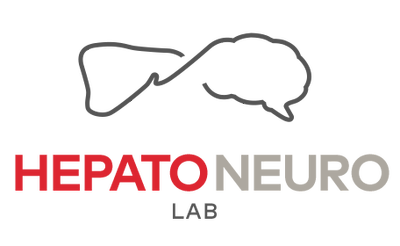Background/Aims: Skeletal muscle abnormalities, such as sarcopenia and myosteatosis are frequent complications of cirrhosis and are associated with increased morbidity and mortality. Hyperammonemia plays a significant role in the pathogenesis of hepatic encephalopathy (HE). Skeletal muscle have a significant compensatory part in detoxifying ammonia during liver disease since it houses the enzyme glutamine synthetase, an important ammonia-removing pathway during the amination of glutamate to glutamine. Therefore, we aimed to investigate whether reduced quantity and quality of muscle is associated with hyperammonemia, HE and mortality in patients with cirrhosis.
Methods: A total of 677 cirrhotic patients were evaluated. Computed tomography (CT) scans were used to analyze the skeletal muscle (transverse CT image at the level of the 3rd. lumbar vertebra (L3) was selected from each scan) and sarcopenia and myosteatosis was evaluated. Overt HE was assessed clinically and ammonia blood levels were performed at the time of the muscularity assessment.
Results: Sarcopenia was noted in 292 patients (43%), and 352 patients had myosteatosis (52%). A total of 225 patients (33%) had history of overt HE and 221 (of 267) patients (83%) had hyperammonemia. The prevalence of overt HE was higher in patients with sarcopenia (42% vs. 27%, P<0.001), and myosteatosis (41% vs. 25%, P<0.001). By multivariable regression analysis, sarcopenia and myosteatosis were independently associated with higher risk of overt HE (HR 1.89, P=0.007, HR 1.68, P=0.03) and hyperammonemia (HR 1.71, P=0.006, HR 1.88, P=0.001, respectively). Median survival was worse in patients with overt HE and sarcopenia (18±4 vs. 42±7 months, P=0.01), hyperammonemia and sarcopenia (11±7 vs. 38±16 months, P<0.001), and myosteatosis and hyperammonemia (19±3 vs. 38±20 months, P=0.005) compared to patients without these factors.
Conclusions: Cirrhotic patients with sarcopenia and myosteatosis have a higher risk of hyperammonemia and overt HE. Further, skeletal muscle abnormalities present concomitantly with HE and hyperammonemia increase the risk of mortality in these patients.

